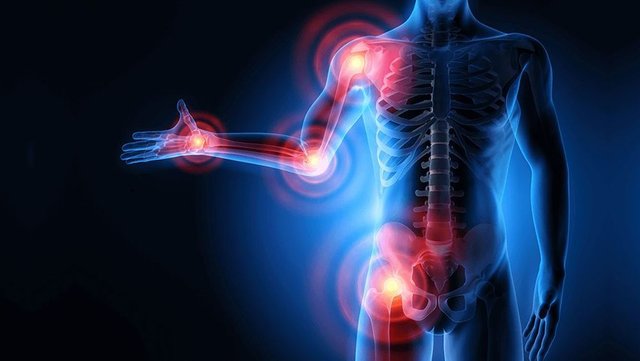The aim of this technique is to produce bioengineered bone grafts for large bone injuries, which are currently difficult to treat with conventional techniques.

Bone grafts are performed to heal or strengthen structural defects of the skeleton caused by injury or disease. Today, the introduction of new bioengineering technologies, together with bone grafts, can solve many bone deficit problems.
In this regard, scientists at the New York Stem Cell Foundation Research Institute (NYSCF) have developed a new bone engineering technique called Segmental Additional Tissue Engineering (SATE).
As published on the Foundation's website, the aim of this technique is to produce bioengineered bone grafts for large bone injuries, which are currently difficult to treat with conventional techniques. Bone defects are currently treated with synthetic substitutes or bone grafts removed from a bone bank or other part of the patient's body.
However, these treatments often cause immune rejection, do not form the connective tissue or vasculature needed for functional bone, and can be quickly overcome by pediatric patients.
This technique will allow researchers to combine bone segments designed from stem cells to create large-scale, customized grafts that will improve treatment.
This technique will allow researchers to combine bone segments designed from stem cells to create large-scale, personalized grafts that will improve treatment for those suffering from bone disease through regenerative medicine.
But it is difficult to create bioengineered grafts for large bone lesions, since growing cells along a large scaffold is problematic.
As the size of the defect to be replaced increases, it becomes more difficult to reproduce reproducibly a graft that can be transferred from a laboratory to the clinic.
That's why the researchers wanted to design smaller segments of bone individually and then combine them to create a graft that overcomes current limitations in the size and shape of a bone.
So far, researchers have tested the technique on rabbits with a large femoral defect that accounts for 30% of bone volume, creating a mechanically stable bone graft.